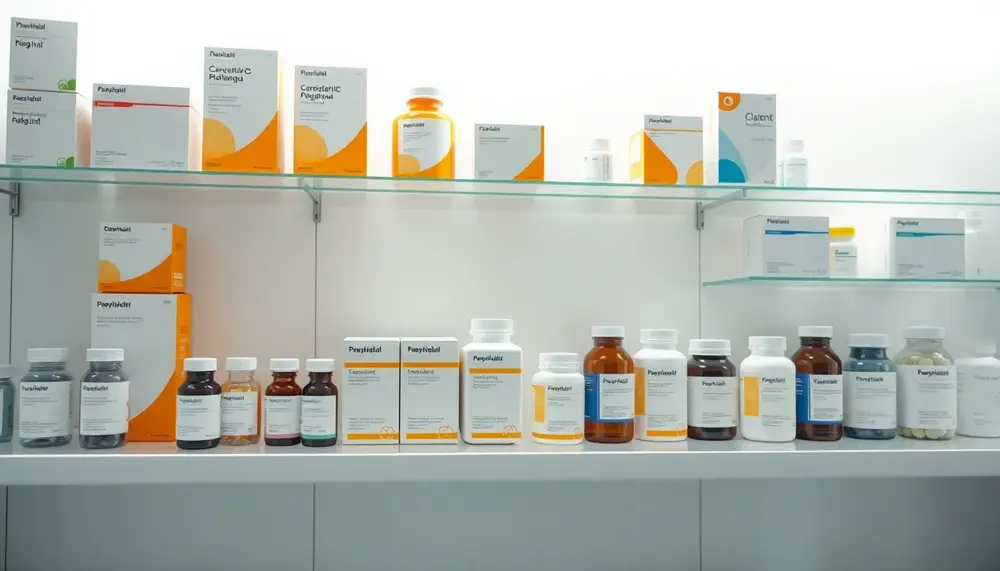Table of Contents:
Introduction to Pharmaceutical Packaging and Design Key Functions of Pharmaceutical Packaging Primary, Secondary, and Tertiary Packaging Types Materials Used in Pharmaceutical Packaging Designing for Regulatory Compliance Innovations in Packaging Technology Sustainable Practices in Pharmaceutical Packaging Conclusion
In the world of pharmaceuticals, packaging isn't just about wrapping things up nicely. It's a whole science dedicated to keeping medicines safe, effective, and easy to use. So, what are the key functions of pharmaceutical packaging? Well, it starts with making sure you can identify the product. Imagine trying to find a needle in a haystack! Proper packaging helps you spot what you need quickly.
Then there's protection. Medicines need to be shielded from things like moisture, light, and even curious little hands. Packaging acts like a superhero cape, guarding against spoilage and contamination. And let's not forget about making life easier for the user. Ever tried opening a stubborn bottle cap? Good packaging should be a breeze to handle.
Now, onto the types of packaging. We have primary packaging, which is like the cozy blanket around the product itself – think blister packs or bottles. Secondary packaging is the box that holds those blister packs, adding an extra layer of security. And for the big guns, there's tertiary packaging, used for bulk handling and transportation. It's like the moving truck for your medicines.
Materials? Oh, there's a smorgasbord to choose from. Glass, plastics, metals, and even paper. Each has its own perks. Glass, for instance, is great for visibility and protection, while plastics offer flexibility and lightness. Metals, on the other hand, provide a sturdy, impermeable shield.
But here's the kicker – everything must be designed with regulatory compliance in mind. It's not just about looking pretty. There are rules to follow, like those set by the FDA or ISO. This ensures that medicines are safe and effective for everyone.
Innovation is the name of the game. Smart packaging solutions are popping up everywhere, making it easier to track and manage products. And in today's world, sustainability is key. Companies are finding ways to make packaging eco-friendly without skimping on safety.
In conclusion, pharmaceutical packaging is a complex, yet fascinating field. It's about blending science with creativity, ensuring that medicines reach you in the best possible condition. And as technology advances, who knows what exciting developments lie ahead?
FAQ on Pharmaceutical Packaging and Design
What are the primary functions of pharmaceutical packaging?
The primary functions include product identification, protection against spoilage and contamination, facilitating ease of use, and serving as a marketing tool to attract consumer attention.
What distinguishes primary, secondary, and tertiary packaging?
Primary packaging is the immediate container, like blister packs. Secondary packaging houses the primary packages, such as boxes. Tertiary packaging is for bulk handling and transportation, like barrels and containers.
Which materials are commonly used in pharmaceutical packaging?
Common materials include glass, plastics, metals, rubbers, and paper/cardboards. Each material is selected based on the protection level, compatibility with the dosage form, and cost considerations.
How does regulatory compliance influence pharmaceutical packaging design?
Regulatory compliance ensures product safety and efficacy, influencing packaging design by adhering to standards set by bodies like the FDA and ISO. It impacts labeling, data integrity, sterilization control, and shelf life.
What are the latest technological advancements in pharmaceutical packaging?
The latest advancements include smart packaging solutions that enhance quality control and regulatory compliance, providing greater transparency and efficiency in packaging processes.






